Studebaker was founded in 1852 as a coachbuilder, but then progressed to making electric cars in 1902, and petrol-powered vehicles two years later. During the first half of the 20th century Studebaker built a reputation for high-quality cars, but by the early sixties it was struggling, partly through its inability to build cars efficiently, because its Indiana factory was so far from its key suppliers.
Studebaker’s solution was to appoint Sherwood Egbert its new President in February 1961, and in an attempt to turn things round he decided to introduce a stylish halo model to compete with the Chevrolet Corvette and Ford Thunderbird. Egbert produced a sketch of the four-seat car that he had in mind, and presented this to stylist Raymond Loewy, who would recruit a team to come up with a suitable image-boosting design within just 40 days – working in the agreeable surroundings of a rented house in Palm Springs, California.

After just eight days of feverish work, Loewy along with his recruits Tom Kellogg, John Ebstein and Bob Andrews, came up with a two-sided clay model, one side featuring a four-seat design, the other a two-seater. Studebaker’s board chose the four-seater, and the styling team then refined the concept for production.
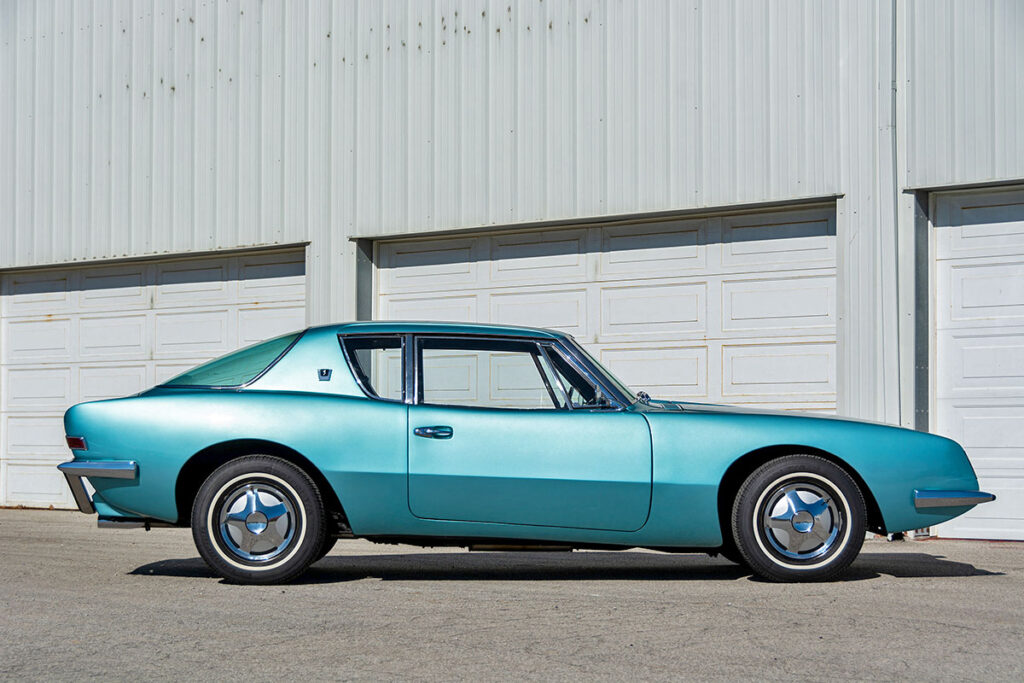
To cut costs and development time, the new car, now named Avanti, was based on a modified Lark Daytona convertible chassis – another member of the Studebaker family. This brought a 289ci (4.7-litre) V8 engine, which produced 210bhp in standard form, or around 300bhp with the optional Paxton supercharger. Transmission choices were between four-speed manual or three-speed auto. So far, so conventional, but Studebaker had an ace up its sleeve when it came to the Avanti’s running gear, and that was the fitment of front disc brakes; this was the first US-built car to feature them.
What Studebaker was banking on was owners not caring too much about what was under the shapely body, because that’s what they were meant to focus on. And invariably they did, because the team came up with the most incredible design like nothing else before or since. The streamlined coupé has no grille above the bumper and just a small one below, and while it was quite angular up front, the curvy rear looked more conventional but no less sensational.
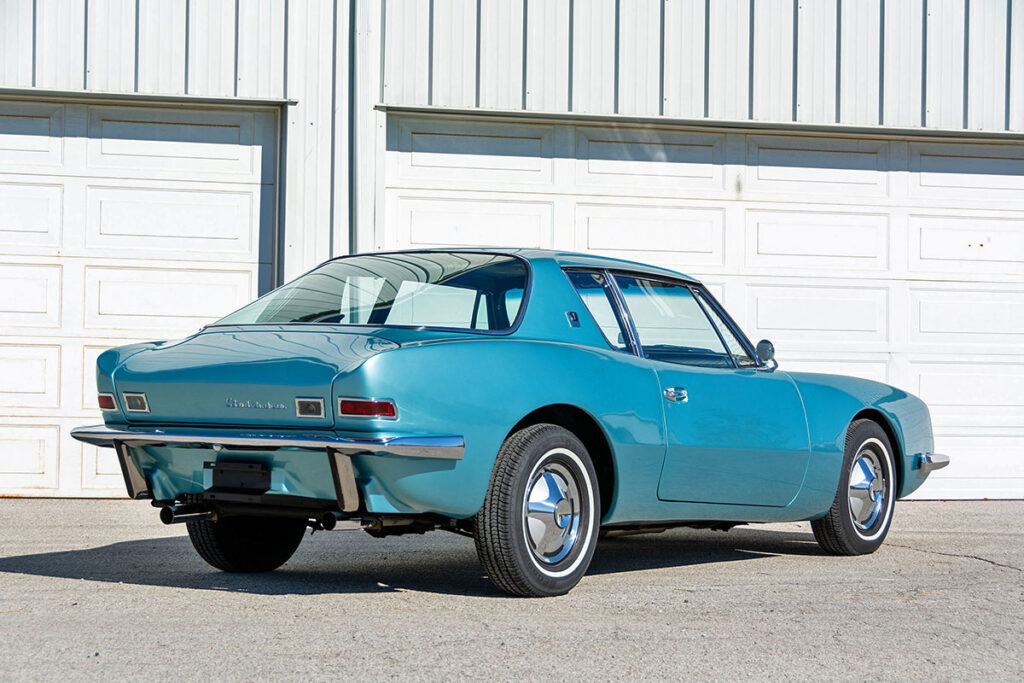
The urgency with which the Avanti needed to be put into production, and the limited budget to do so, meant that tooling up for steel panels was out of the question, so glassfibre was chosen instead. Not only was this cheaper and faster to tool up for, but it also allowed Studebaker to accurately reproduce the coke-bottle curves and fine detail as penned by the design team. However, things did not go smoothly…
The bodywork construction was sub-contracted to Molded Fiber Glass (MFG), which was also responsible for making Chevrolet’s Corvette body parts. The problem was that MFG had no experience of building complete bodyshells, which is why the earliest ones suffered from horrendous build quality with nothing lining up; it didn’t help that the bodyshell incorporated no fewer than 108 separate mouldings.
Avanti development continued apace, with Egbert giving the team a target of April 1962 for the car to be unveiled in production form, at the New York Auto Show. On 21 April the first Avanti prototype was sent to New York where it was unveiled four days later to rave reviews. On the same day a second prototype was unveiled at Studebaker’s Indiana headquarters, to shareholders and the press. Immediately after this, the car was placed on a military aircraft and a 24-city tour was underway.
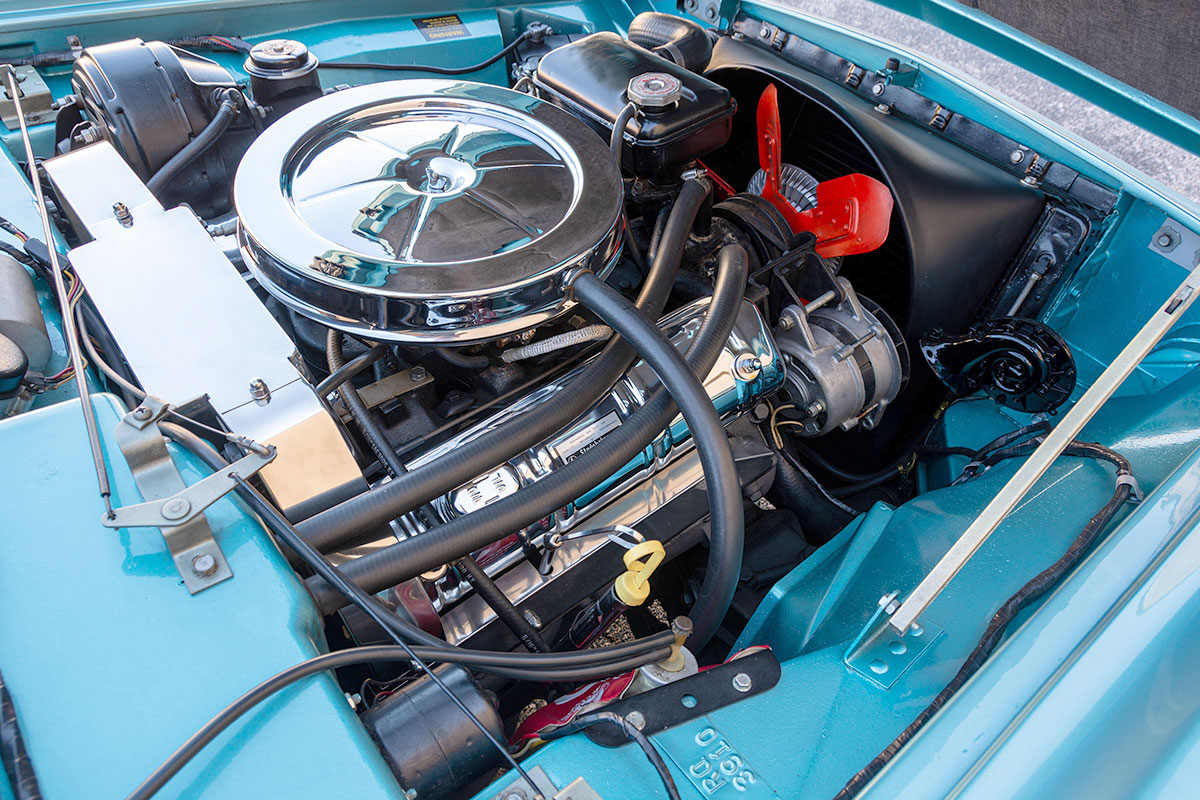
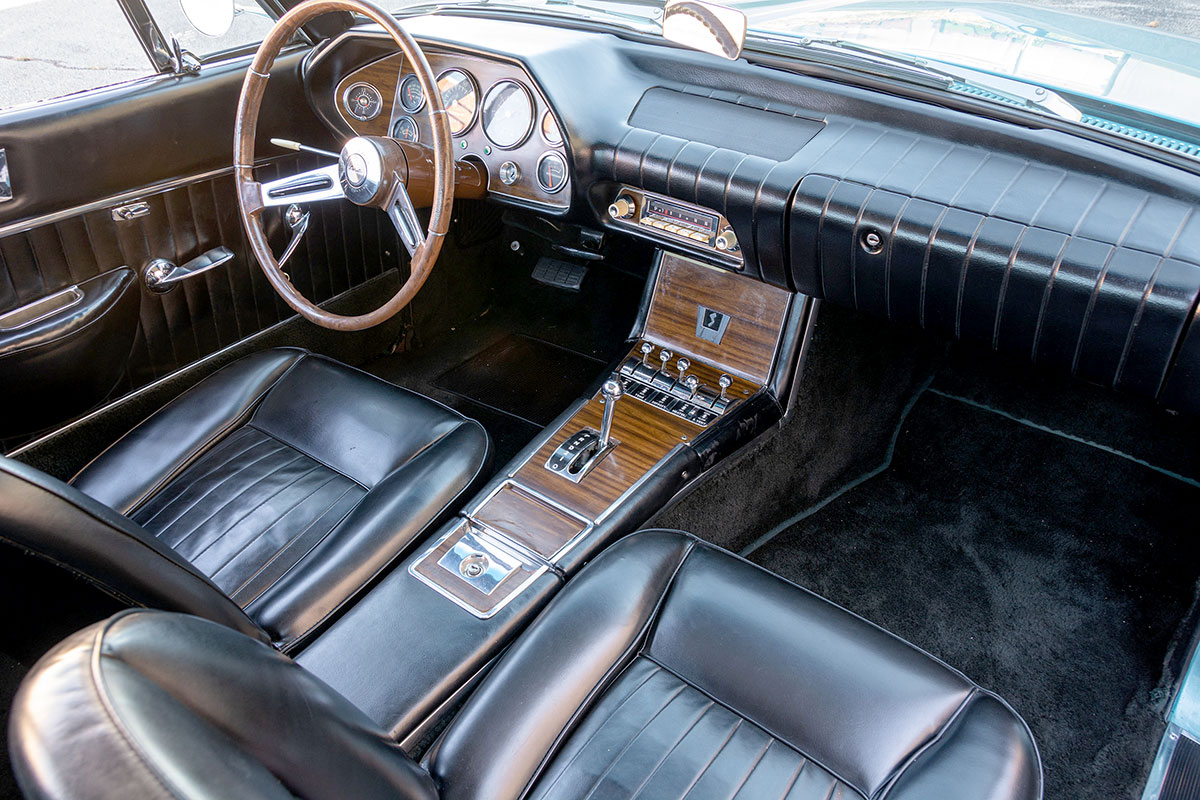
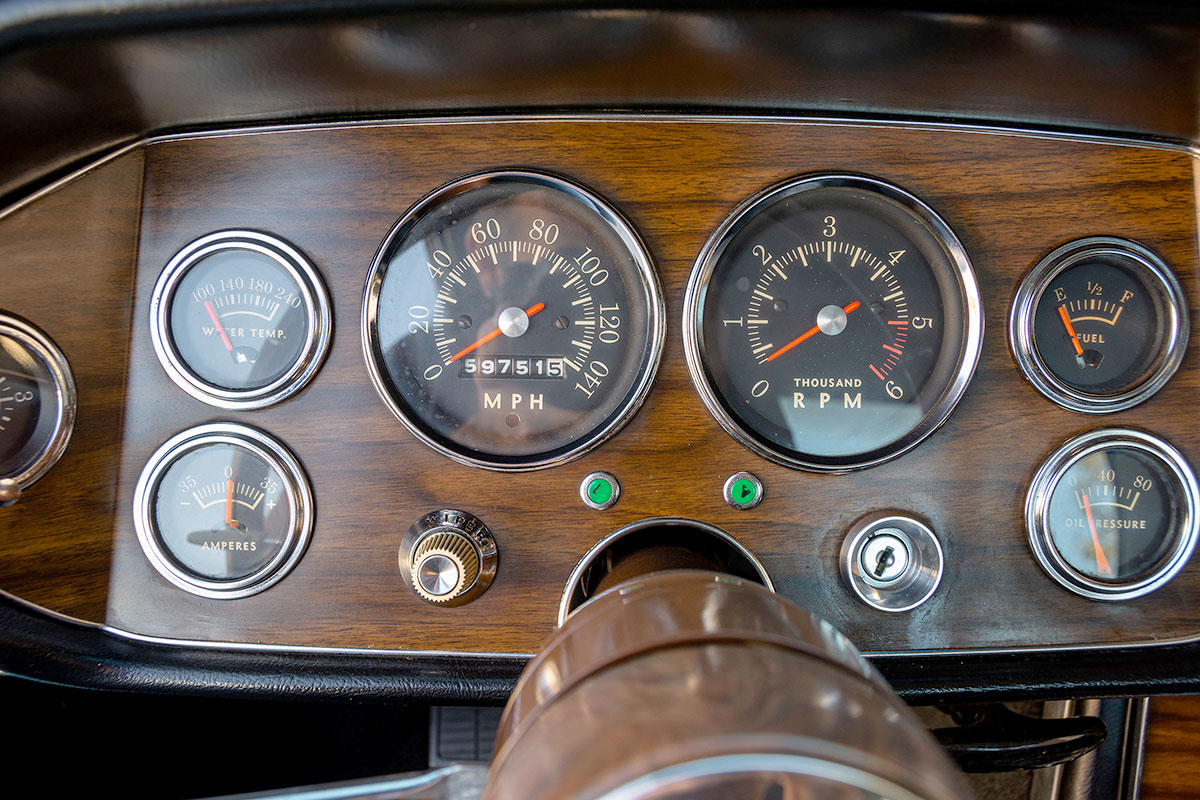
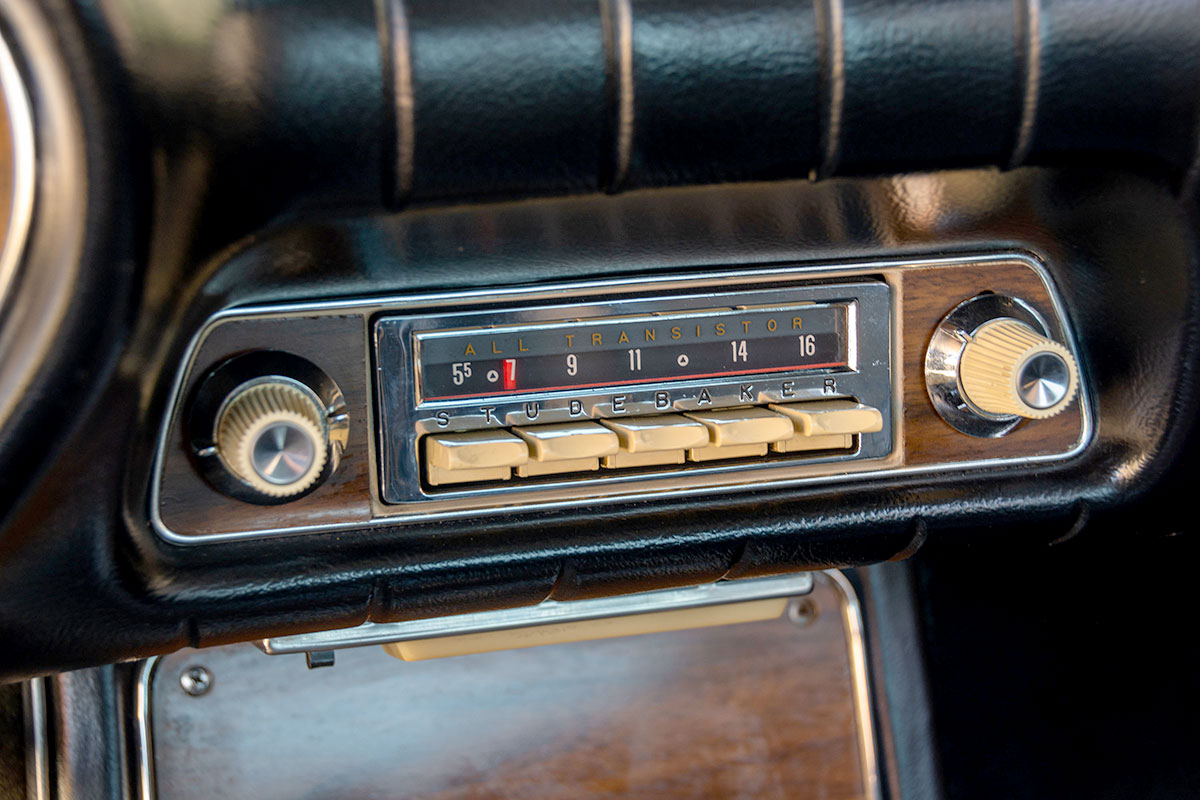
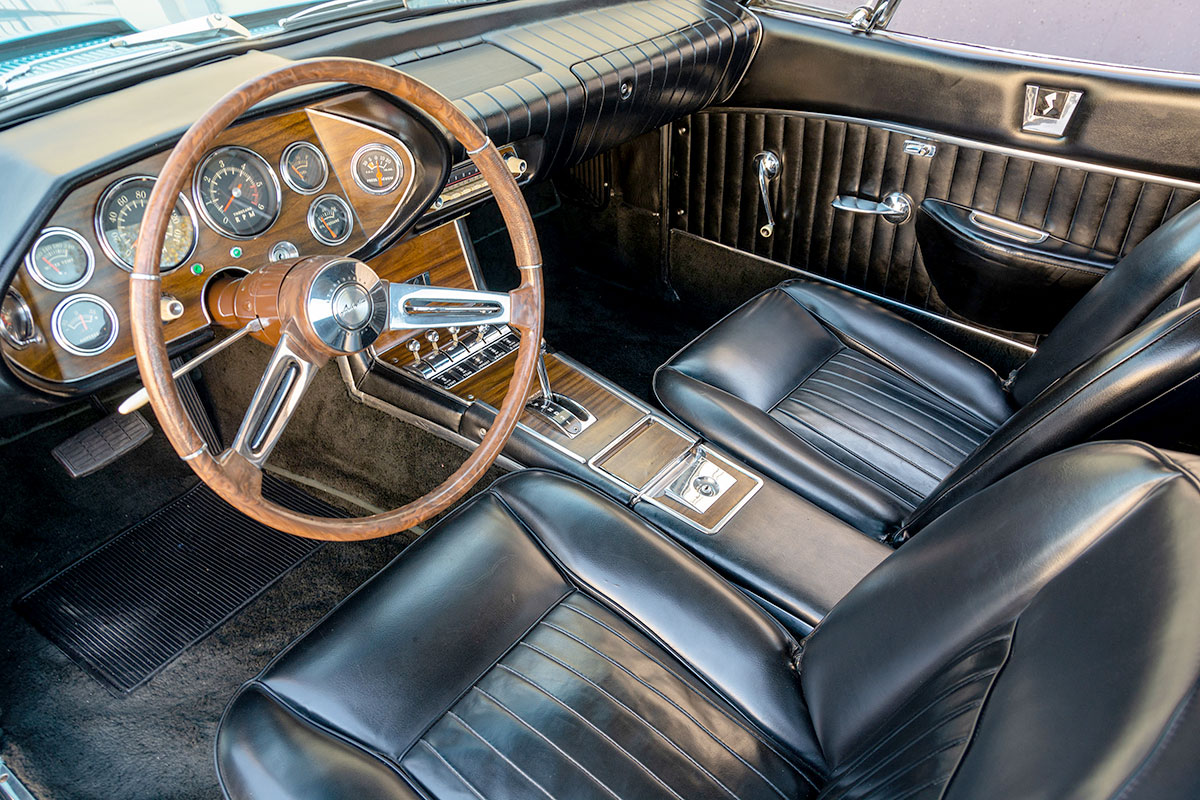
Egbert’s efforts were rewarded with lots of positive coverage of the new Avanti, but sadly this wasn’t enough to save the company. Despite a competitive list price of $4445, making it cheaper than a Jaguar E-Type and on a par with a Corvette, buyers remained cautious because they knew that Studebaker might not be around for much longer. Egbert predicted Avanti sales of 10,000 units in the first year, but thanks to production issues and weak orders just 1200 were sold in 1962, with fewer than 4600 units sold in 1963. The latter year was when Studebaker shut the Avanti factory; the company would disappear altogether three years later.
That’s not the end of the Avanti story though. Far from it, because the project would be sold on to Studebaker dealer Nate Altman and his business partner Leo Newman, in July 1964. They formed the Avanti Motor Corporation having purchased all rights, equipment and remaining parts from Studebaker. Production continued until 1982 when the project was sold on again, and again – and again. The final Avanti was made in 2006, by which point a succession of owners had introduced four-door and convertible models based on an array of platforms.
Read more
Cars That Time Forgot: ATS 2500 GT
Cars That Time Forgot: Saab Sonett III
Our Classics: 1982 Lotus Esprit S3 | Pray for my respray



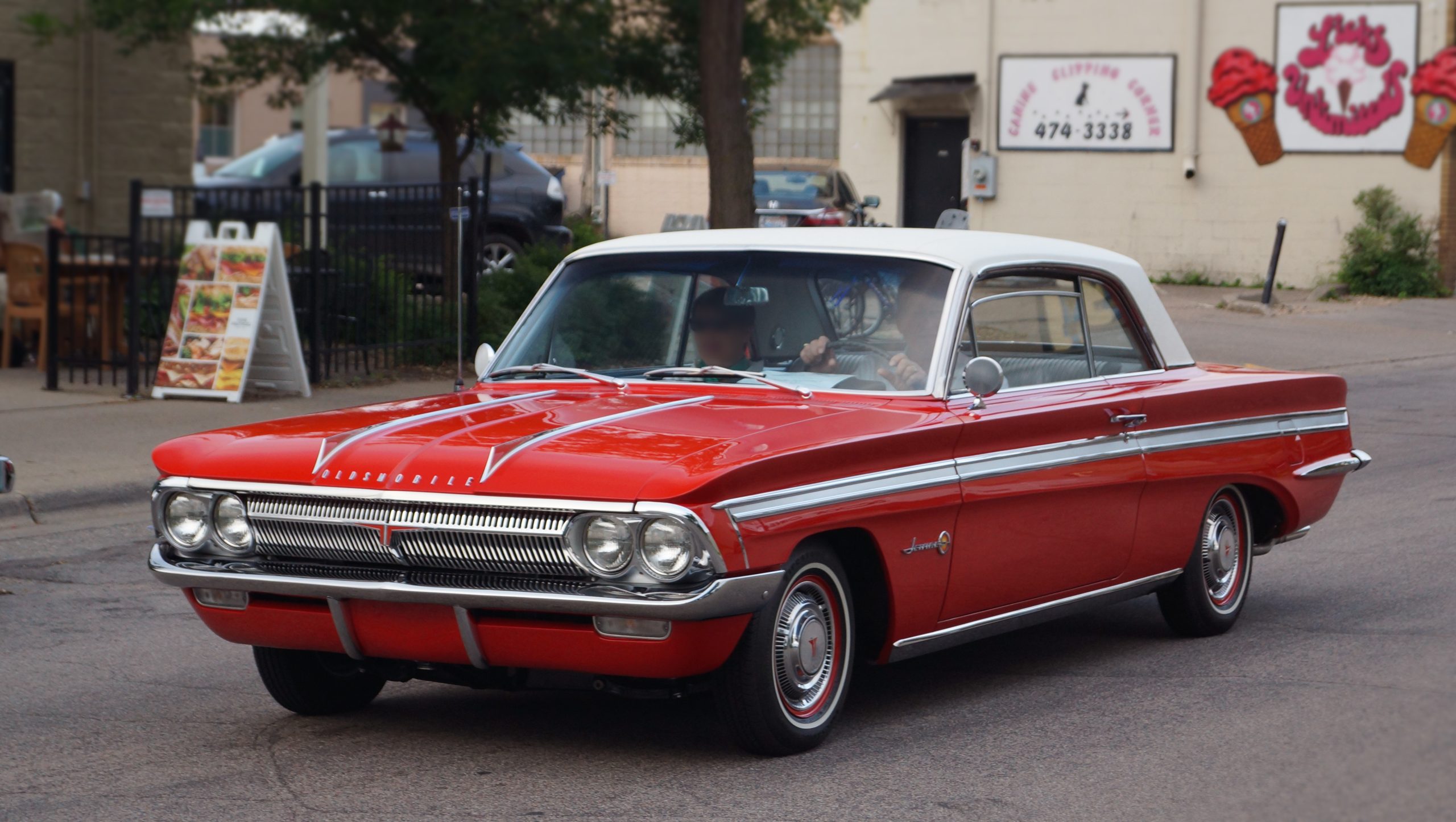
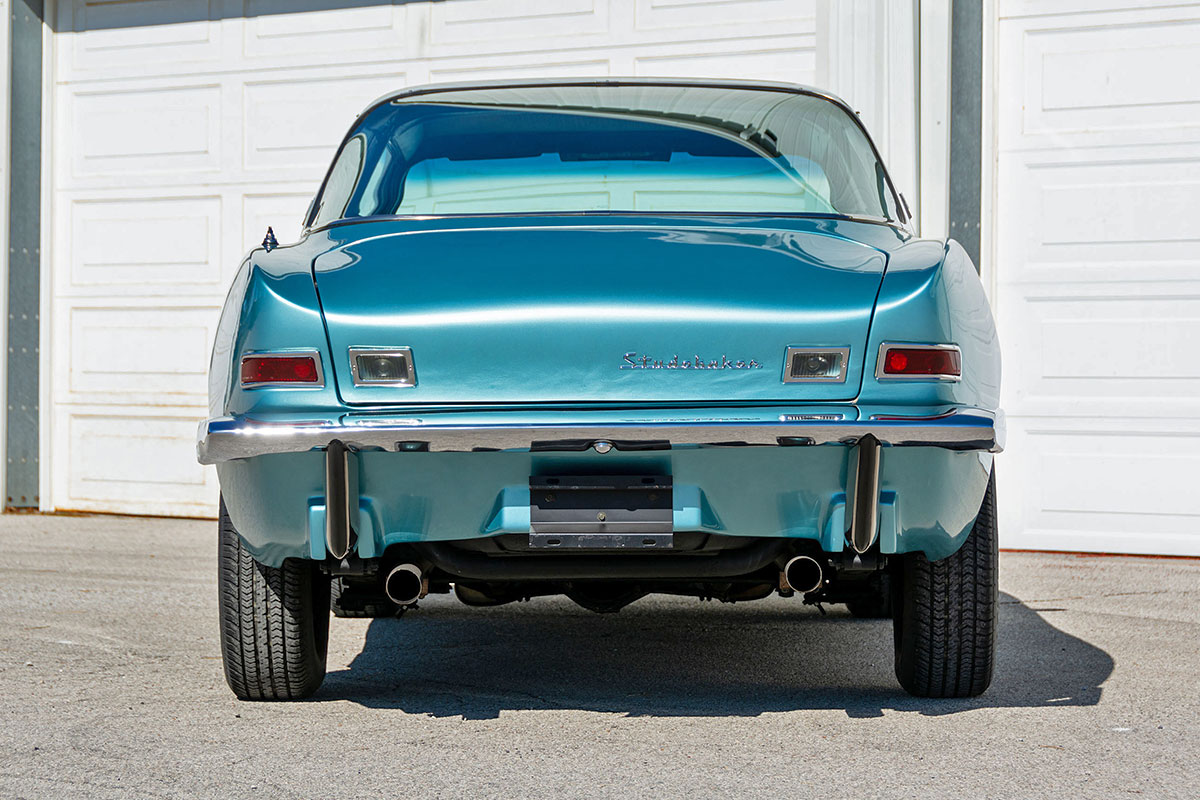
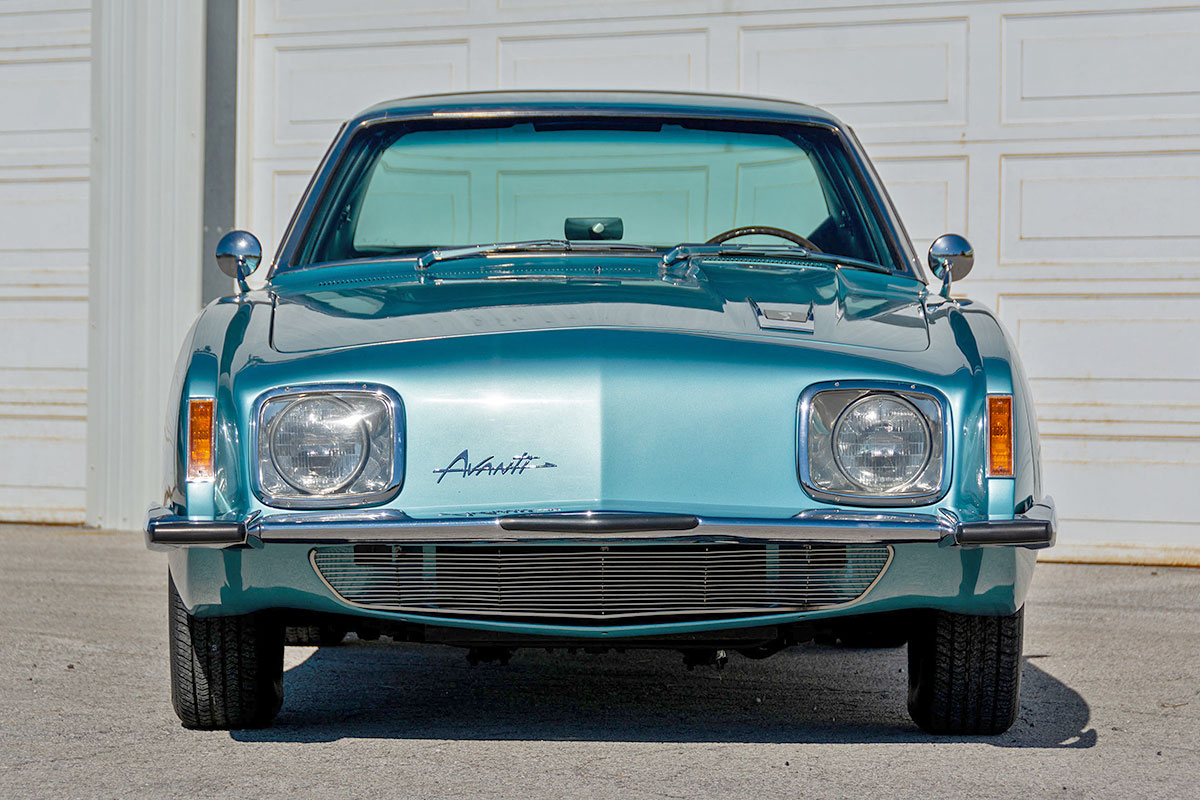





I have a friend who has one to this day. As a teen he would take me and my friend on rides in the neighborhood of Chicago. My Chapman. It was white outside. Nice car. It got me into cars. I now have a few. One is a 1969 Plymouth Roadrunner! 440 six pack. Jim